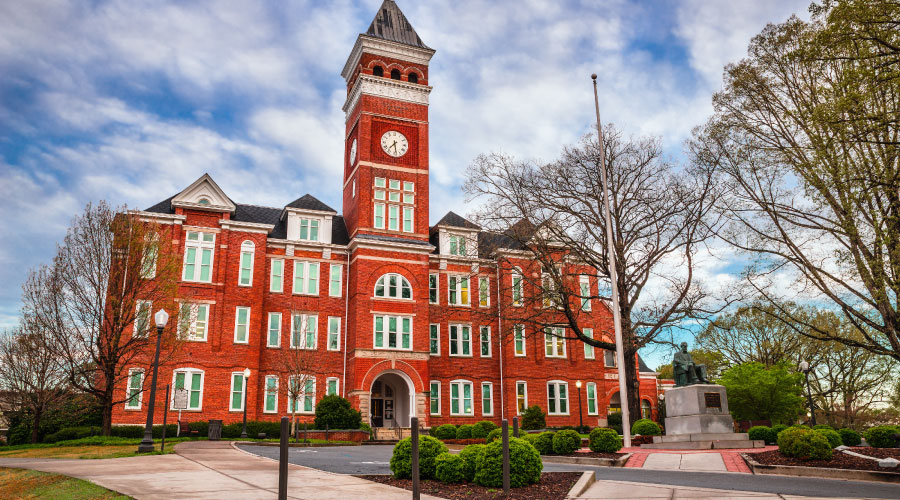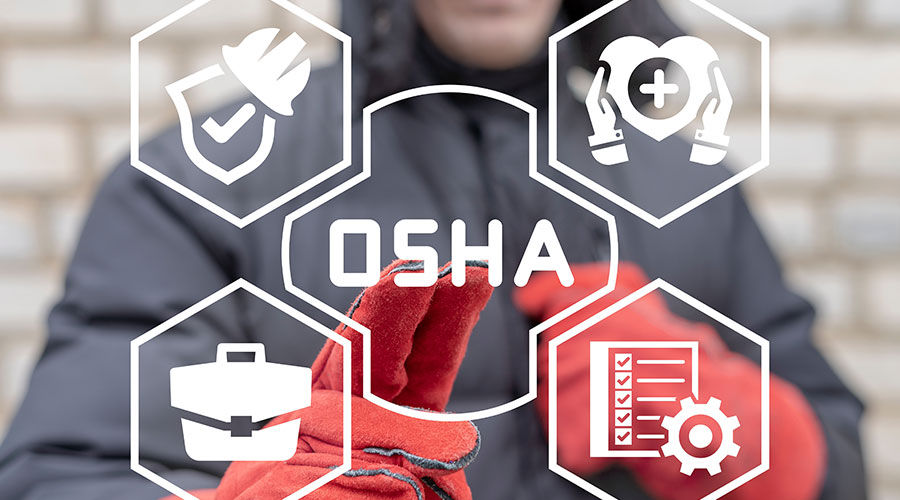Codes Prescribe for Bio-Safety Design, Agent Transfer
Additional bio-safety standards exist that relate to laboratory design and to the transferring or receiving of potentially dangerous "select agents."
International Mechanical Code (IMC 2009)
While not adopted by every municipality in its pure form, the International Mechanical Code (IMC 2009) expresses clear technical requirements related to laboratory design in general, which reflect directly upon the level of quality of any BSL3 facility.
Section 510 particularly describes the methodologies for addressing hazardous exhaust. It defines hazardous exhaust as 1) exhaust conveying flammable vapors; 2) effluent with a health hazard rating greater than four as described by the National Fire Protection Association (NFPA); or 3) a vapor, gas, or fume with a health hazard rating of 1, 2, 3 present in concentrations greater than 1 percent of a lethal inhalation toxicity.
The pertinent facility design requirements include:
- Exhaust must be continuously maintained under negative pressure from the room until the point at which it leaves the building (not the lab suite).
- Manifolding of these ducted exhausts may only occur within a common life safety fire area.
- Each branch of a manifolded system must contain a flow control device (variable air volume valve, damper, etc.).
- All biosafety cabinets must be properly filtered prior to any introduction to the exhaust duct system.
- The exhaust system must have some designed methodology to continuously maintain negative pressure.
- Duct construction: specified thicknesses of G90 galvanized steel as a minimum standard or constructed of a material capable of withstanding the chemicals/agents to be introduced/entrained in the exhaust effluent.
- Duct support: hazardous exhaust ductwork must be physically supported to structure in intervals not exceeding each ten feet of vertical or horizontal run.
CDC Select Agent Program
In April 1997, legislation was adopted at the federal level to set guidelines for the transferring or receiving of "select agents," defined as those with a potential to pose serious or severe threat to public health and safety. After 9/11 that mission became even clearer as both the Patriot Act (2001) and the Security and Bioterrorism Preparedness and Response Act (2002) demanded oversight for all handling of select agents in the U.S. The result was the creation of the Select Agent Program (SAP), which is administered nationally by the CDC.
SAP not only manages the locations of and personnel certified to handle select agents but it also executes annual inspections of facilities authorized to have select agents on site. This annual certification is based upon many of the other industry standards, but SAP also enhances some of those requirements in ways important to facility systems design and operation. Two critical enhanced requirements are:
- Both HVAC/ventilation exhaust fans as well as supply fans are to be designed with an N+1 redundancy or in such a way that upon failure of one piece of equipment, another capable of maintaining normal operations is in place and able to provide continuous service. The requirement to include fully redundant supply fans augments the requirements of BMBL5. Beyond the extra capacity, there must also be set in place a system of controls capable of satisfying BMBL5s zero tolerance policy on directional airflow reversals.
- Required trending of critical data points related to suite directional airflow and relative pressures to verify proper facility operations.
Related Topics:














